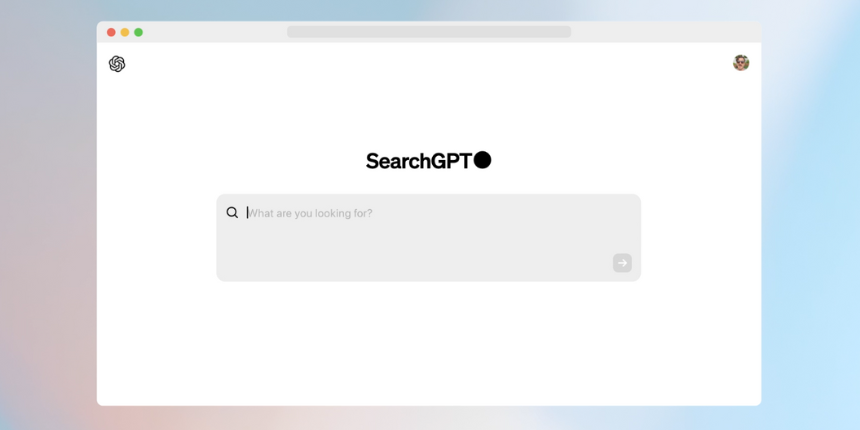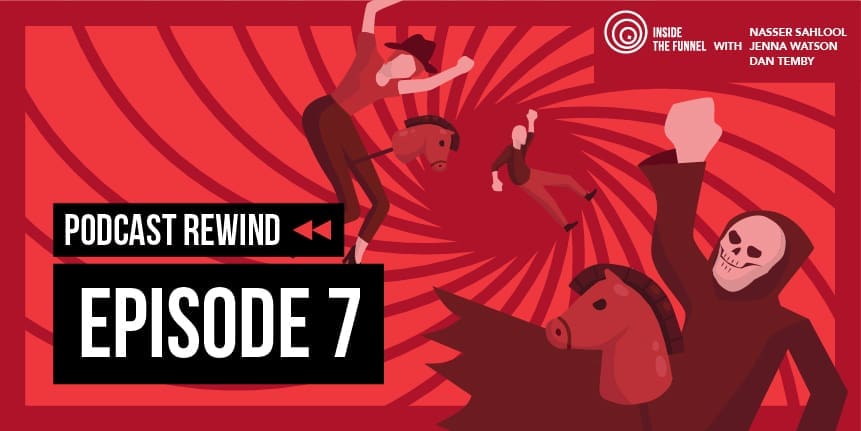
Navigate an unpredictable landscape with actionable, data-driven strategies tailored for your business from the brand down to the local level.

Phone booths. Floppy disks. Pagers. MySpace. Almost every obsolete innovation was once considered an indispensable daily essential that would last as long as the world kept turning. But look at them now: dusty, distant, described only in the sepia-toned language of nostalgia.
But the website is different, right? How could the internet even exist without websites? Well, partner, it’s time to saddle up and join us on our perilous quest to digital’s not-so-distant future. Brace yourself.
When voice search was the big new thing (along with Google Glass and various iterations of Alexa and Siri), internet users suddenly realised they had many different ways to obtain information and even transact—augmented reality, apps, social media, voice—without ever having to visit a conventional website.
This shift led to long-established Service Oriented Architecture (the tech that powers the net) becoming more dependent on APIs and web services to port information from one point to another. In turn, headless content management systems (CMS) and API-driven platforms are now coming to prominence. These tools are effectively data repositories, storing content that is presented to and consumed by users on a completely separate system (e.g. social). Instead of a conventional “push” publishing method, creators prepare and tag content that is subsequently “pulled” into the ecosystem and propagated.
In practice, this could be a brand making specific types of content available via API call. That content then goes wherever it is needed, including decentralised and distributed endpoints like retail kiosks, gas pump displays, and voice search results. That list of potential endpoints is vast—and it doesn’t necessarily include websites.
Perhaps unsurprisingly, Google would appear to have a vested interest in the website’s demise. After all, they’ve already taken away the click as much as possible, providing end-to-end user experiences through map results, the knowledge panel, and structured snippets. It’s been Google’s M.O. for quite some time now. But why?

On one hand, there must be a financial incentive for the search giant. It is known to monetise impressions and interactions—even if such functions are initially provided for free—and may ultimately become the middle man in every transaction imaginable.
On the other hand, Google may have altruistic intentions. If speed and UX are truly at the heart of Google’s decisions (see: Accelerated Mobile Pages, or AMP), then why add another click? Isn’t it more convenient for users to complete their tasks without ever having to click through to a completely separate site that may or may not fulfill a user’s need?
Rented media is not owned media. Depending entirely on third-party endpoints rather than your own website means you’re instantly and completely at the mercy at whoever is in charge—and, as we know, Facebook, Instagram, Amazon, and others have no qualms about competing with their own advertisers.
Yet even without owning your own media, you still own and control what you’re broadcasting to the world. You’re still crafting messaging, refining content, and gathering information. The real benefit is the propagation. You no longer have to sit around and wait for people to come to you; your brand goes wherever it might be needed and expected.

Credit: Google
As such, Google’s Responsive Search Ads—now the default ad format—may well prove to be a taste of the future. Advertisers feed the right data points to Google, which subsequently spins up the right ad for the right user on the right property based on all relevant signals. A websiteless future would follow the same principle on a much larger scale, with brand-approved puzzle pieces going further into the ether.
Subscribe to our monthly newsletter.
For businesses outside the Fortune 500, a digital ecosystem of platforms promises features, functionality, and reach in a far more sophisticated way than they could achieve independently. In fact, the best example is already with us: Google My Business (GMB) allows users to not only find locations, but see how busy a business is, book a table, and interact directly through a listing. Brands of all sizes no longer have to invest in infrastructure or maintain a module or widget on website. Platformification is pushing brands to admit that they don’t mind giving up certain responsibilities because the juice is worth the squeeze.
Okay, so Google looks like it will monetise particular aspects of GMB further down the line. But Facebook did the same, and it has proven to be a viable business model throughout history (get ’em hooked, jack up the price). In the end, macroeconomic factors will determine to what extent this happens. If enough people are willing to pay, then it will be paid; if it must be free, then it will be free. Equilibrium will establish itself.
In short, yes. The death of the website has been heralded for a number of years now, but will this be the year it happens? No. Next year? No. Eventually? Yes, but infrastructure changes take time. Unlike the demise of the third-party cookie, Google and other major players can’t simply stop accommodating websites because vanishingly few brands are ready to embrace the alternative. It’ll take several more years at least—and even then it will be the death of the website as we know it, not an mass extinction event.
Get the full story in our apocalyptic episode and dive into the podcast archive for more tantalising glimpses into marketing’s future.
Navigate an unpredictable landscape with actionable, data-driven strategies tailored for your business from the brand down to the local level.
Navigate an unpredictable landscape with actionable, data-driven strategies tailored for your business from the brand down to the local level.
Navigate an unpredictable landscape with actionable, data-driven strategies tailored for your business from the brand down to the local level.
Subscribe to our monthly newsletter.